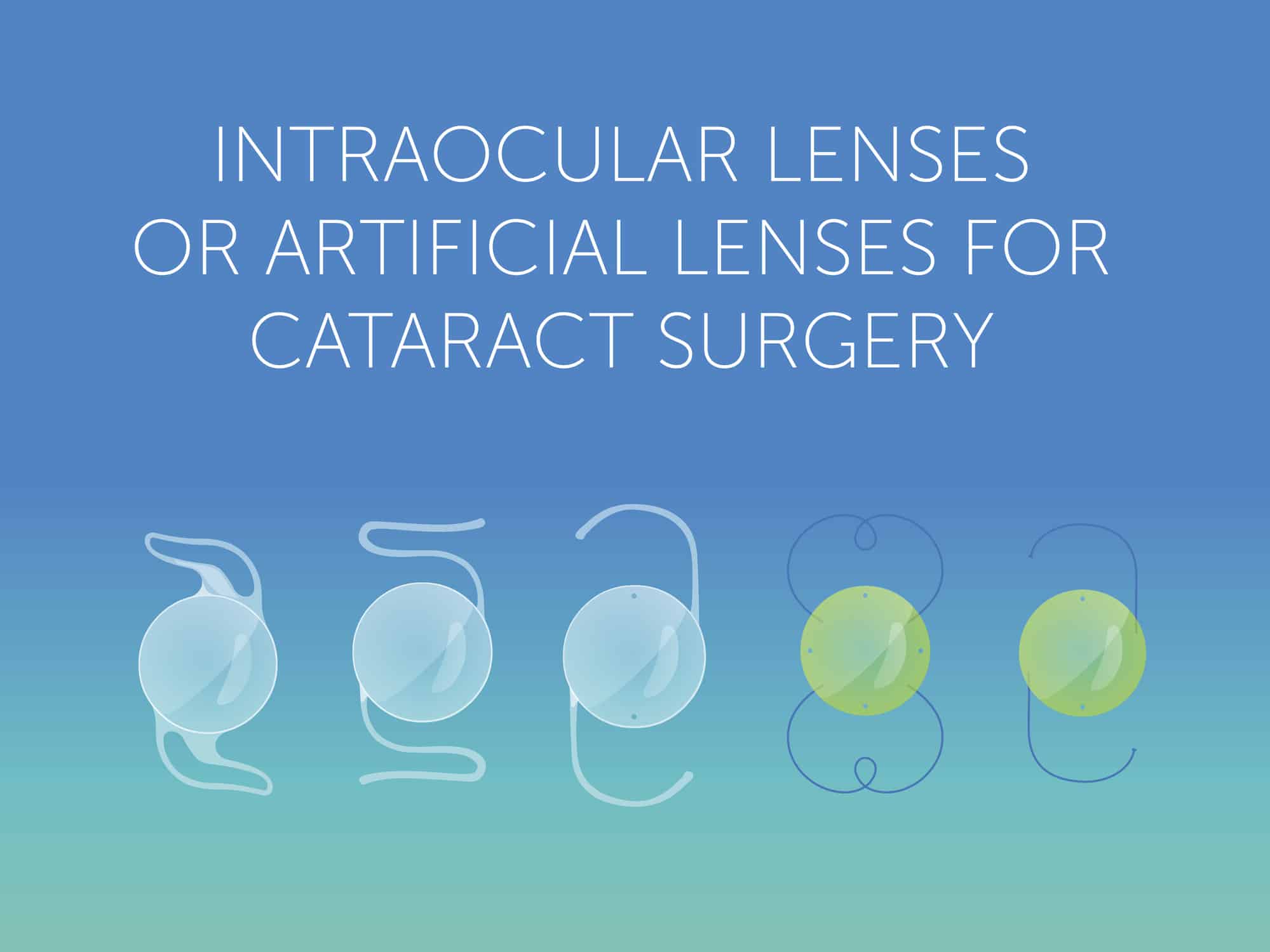Intraocular Lenses (IOL) are artificial lenses used to replace the natural eye lens in the event of cataract growth that causes poor eyesight.
PanOptix Trifocal Lenses are a newer version of IOL. They allow three ranges of clear and optimal vision. These new IOL lenses are available in over 70 countries worldwide. In 2019, the Food and Drug Administration (FDA) approved these artificial lenses for use in the United States.
However, the recent approval by the FDA in the USA does not mean that they are not effective. A lot of medical research has been conducted into these PanOptix lenses. The results show that over 99 percent of the test participants are satisfied with the artificial natural eye lenses replacement lenses.
Although there are other IOL options available in the market, monofocal lenses appear to be the most common ones after cataract removal. That said, trifocal lenses add more value to the IOL collection due to their wide range of visual choices. However, choosing between monofocal and trifocal IOL is for you and your ophthalmologist.
What Are PanOptix Trifocal Lenses/IOL?
Intraocular Lenses, abbreviated as IOLs, are small, artificial lens implants used to replace cataract damaged natural eye lenses. They are used to restore some vision when cataract growth becomes excessive enough to inhibit clear vision even after wearing corrective eye gear such as glasses.
As discussed above, monofocal IOLs are the most common form of IOLs in the market. Monofocal lenses are limited to vision in that they do not leave room for distance changes in vision as natural lenses do. And since most people opt for a cataract removal surgery one eye at a time, replacing the natural lens with a monofocal IOL tends to be safe as it does not damage your vision.
However, with technological advancements, better artificial lenses, or multifocal lenses, have been produced. They allow the user to see both near and far distances simultaneously in the replaced eye.
PanOptix Trifocal Lenses are a new option for the multifocal lens. These lenses allow three vision ranges rather than a single or two vision distance like the other types of IOLs. They are effective tools for replacing cataract darkened or clouded natural eye lenses. Besides, folks can use poor or blurry vision resulting from irregularly shaped eye cornea.
The New IOLs with Three Clear Eye Vision Distance Options
FDA approved these new PanOptix Trifocal IOL for use in the US in August 2019. They are designed for optimum vision from a hydrophilic acrylic material. Their optical diameter is 6.15, with 26 diffractive rings all around the entire optical device. The optimal recorded performance ranges for these artificial trifocal lenses are about 15.8 inches (40 cm) for near clear sight and 31.5 inches (60 cm) for clear intermediate sight.
Even though other IOLs are designed to boost both near and distant vision, PanOptix IOL is focused on improving near and intermediate vision, together with better distant vision. Other trifocal lenses, such as the ones in eyeglasses, aim at improving three ranges of vision. These three vision ranges are:
Near vision
Intermediary vision
Far or Distance vision
Below are some near activities that require near vision sight:
Writing
Reading
Sewing
Powerful IOLs such as PanOptix Trifocal Lenses work by bending light towards the retina. It helps improve eye vision that was once inhabited by cataracts.
Cataracts forming in the natural eye lenses usually block light from reaching the entire retina, or in some cases, filter light in a way that inhibits the brain from processing the image. Normally, the effects of cataracts on eyesight are few during the first few years, making it hard for people to notice any changes in eyesight. When left untreated for years, the cataract growth advances, reaching levels that obstruct vision. At this stage, your ophthalmologist or optometrist can recommend surgery as the only means of cataract treatment.
After the surgery and successful removal of cataracts and natural lenses, artificial IOL will be used. Monofocal lenses are the standard option when it comes to replacing natural lenses. However, multifocal lenses are a better option, especially for older people or other people who require more independence and increased capability to see or perform more tasks such as driving or reading effectively.
Commonly, those who undergo cataract surgery are older people between the ages of 60 to 80 years. The group is increasingly capable of performing more complex tasks such as reading, writing, driving, or using computers. And to maintain an independent lifestyle, they require a better natural lens replacement option.
The new PanOptix (IOL) Trifocal Lens offers a better vision for the three major sight areas. They are good for people aged 22 and over, needing natural eye lens replacement because they offer increased independence. PanOptix trifocal IOL minimizes the effects of presbyopia or the inability for someone to read or perform other near vision tasks due to the aging of the cornea. And because these lenses offer increased distance vision compared to mono-focal lenses, which eliminates the need for eyewear.
Are There Other IOL for Cataract Treatment?
Monofocal IOLs, which is the most common type of after-cataract surgery replacement lens. As the name suggests, it only has one focusing distance, set for either near, intermediary, or distant vision depending on whichever range you need the most. Most people choose clear distance vision, which is good for driving and other similar activities. They will then use reading glasses for close or intermediary tasks because they correct the farsightedness.
Multifocal IOLs are designed for far and near vision simultaneously, with distinct zones set for distinct power. It resembles a trifocal lens, although it offers slight changes for different vision distance requirements rather than three clear vision areas.
Accommodative IOLs, which are special IOLs that resemble natural lenses in that they can change shape and size inside your eye. They work well with the eye muscle to allow vision focus within different distances.
Toric IOLs, which are specially designed for people with cataracts and astigmatism. These lenses are designed to correct the eye’s refractive error, reshaping your eye to bring about clear vision.
Most health and vision insurances cover monofocal IOLs as a cure for cataracts. All other types of IOL are not deemed medically necessary and may only be covered partially by medical insurances. To acquire them, you will be required to cover the balance from your own money.
Are the PanOptix Trifocal Lenses Good for You?
To determine if PanOptix Trifocal Lens is the best option for you, you will have to work with ophthalmologists at Vision Center of New York. These lenses are great for young people, especially those who are independent and still working because they require three clear vision distances to conduct your basic tasks better. These lenses are newly approved, and there is a lot of clinical research to prove that they are effective.
To gain access to PanOptix Trifocal IOL, visit Dr. Simon Wu or Dr. Gary Fishman at the Vision Center of New York. They will help you understand the lens replacement options better and assist you in making the best decision for your vision.

